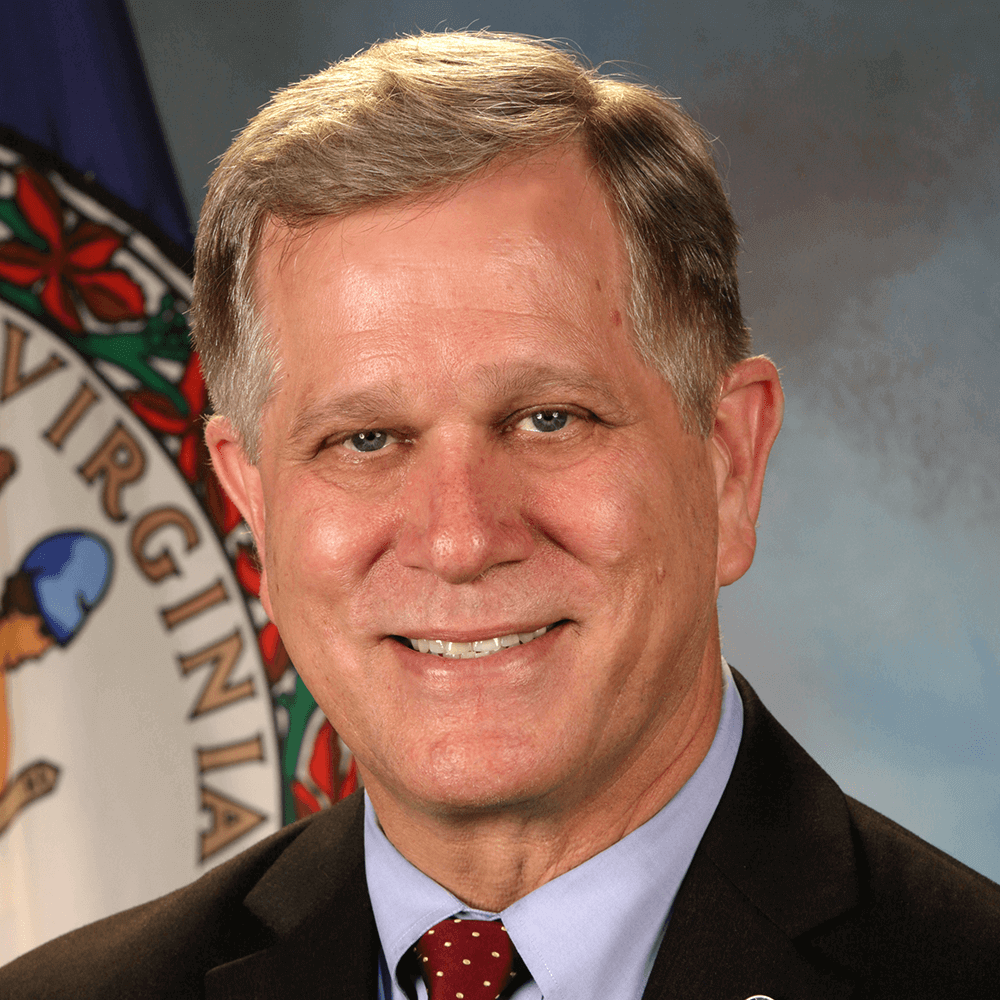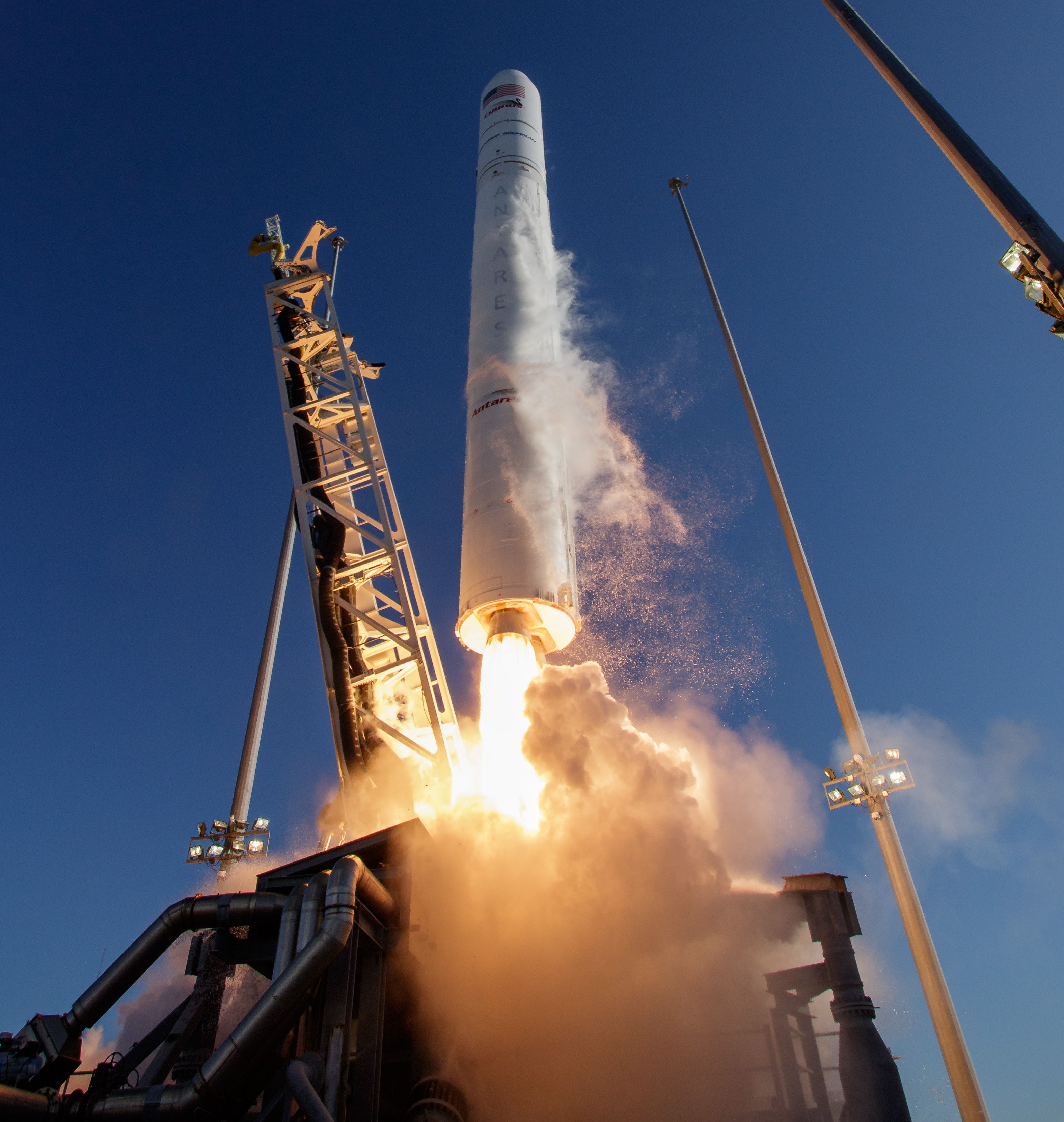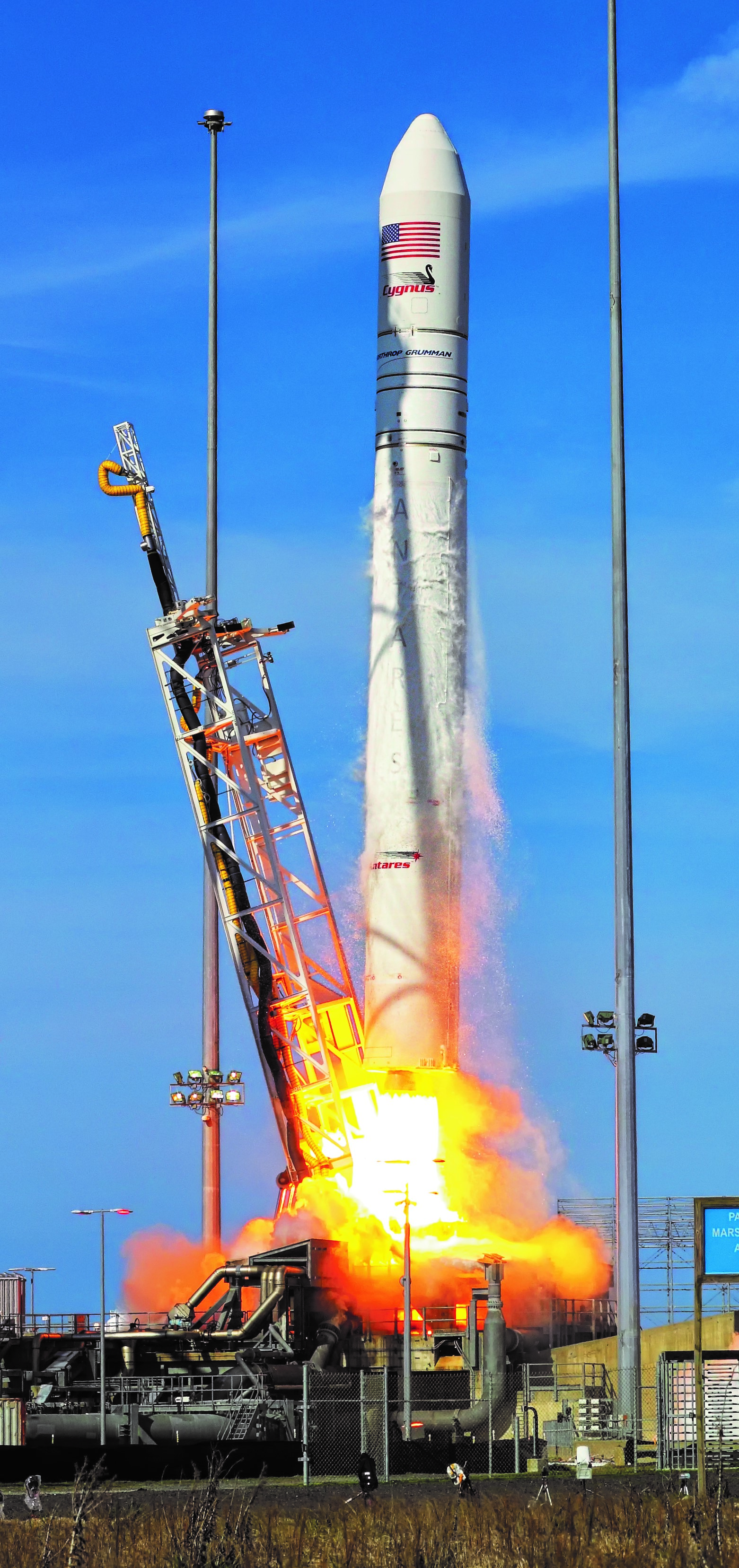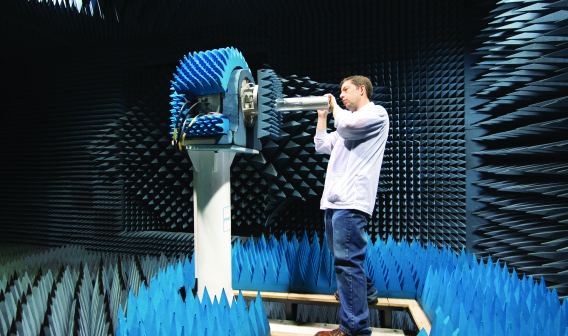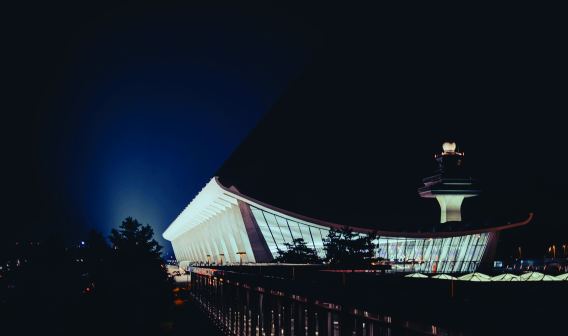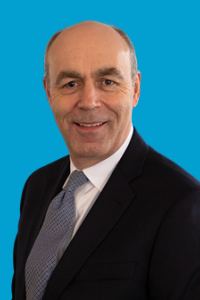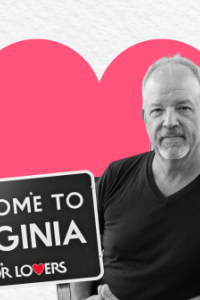Moret: Expand, if you will, on the new payload processing facility at Wallops and how that impacts capabilities on the Eastern Shore.
Nash: National security launches are a big part of what we do in the U.S. There was a definite interest for the smaller satellites looking at Wallops, but the payload processing, which is a good capability that NASA has, was really split between two to three separate buildings. We needed a nice payload processing facility, and we were successful in getting Governor McAuliffe to give us $20 million toward this. It ended up being around $31 million.
It is a very secure, very clean, enabling capability that brings the payload customers here, puts us on their radar, and is a big enabling feature that then sells launches and brings the supply chain in. What an operating room is to a hospital, a payload processing facility is to a spaceport, and we have one of the nicest ones in the world right now and one of the most secure.
Moret: Dale, talk a little bit about launch day. What’s it like from an internal operations side? Do you still get a rush out of it like you used to?
Nash: Well, It really begins about two weeks in advance. We crank up to 24-hour operations, seven days a week, and a lot of things — countdown, the fueling, the validation of systems, and everything else. I still get butterflies every single time.
You want to make it through the count. Once it goes, there’s not a lot of doubt whether it was a success or failure. It is a rush. At some point, the rocket takes over internally, and then it’s going to go or it’s going to shut itself down. Sometimes those last three seconds or so, or the first three seconds before it’s actually clearing the launch pad, seem like an eternity.
It is nerve-wracking, but very exciting. We certainly like the successful ones. An unsuccessful one can be very exciting, too, but all in the wrong direction. We do have a lot of energy, and you do know what can happen. Each successful launch is just an amazing thing to have happen, but it’s tough on the nervous system at times, too. After 38 years, I still get excited.
Moret: Can you give me a bit of an overview of the opportunities surrounding unmanned flight on the Eastern Shore? What kind of increase have you seen in traffic on the runway there? What sort of opportunities do you see for the future?
Nash: We built a dedicated airfield that NASA had the engineering and permit for, but couldn’t get the funding, so Virginia stepped in and built it out there. We had thought that it might be able to pick up a little more commercial. It is in NASA restricted air space, and you can’t just let anybody come in there and fly, but it has become a very strong destination for government UAS tests or those companies like the Northrops and Lockheeds that build unmanned systems for the government.
